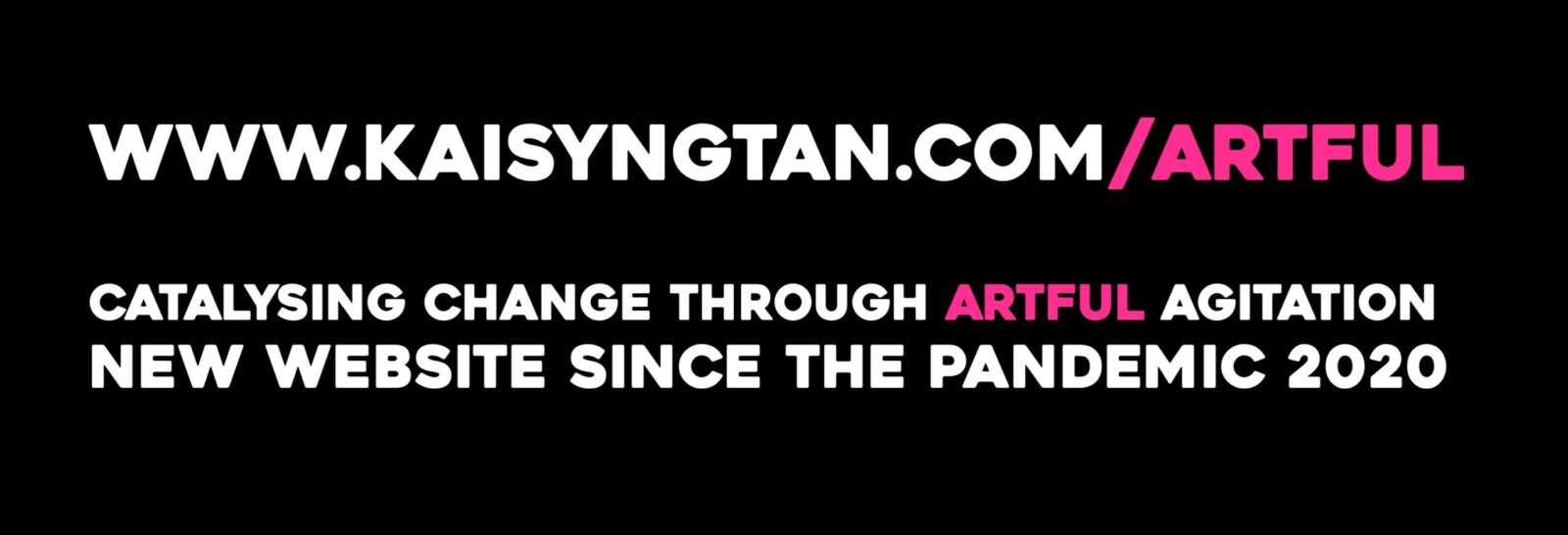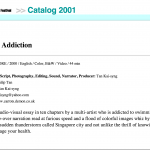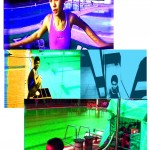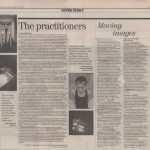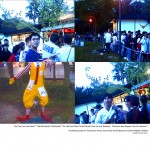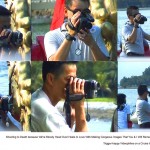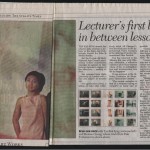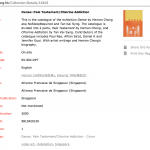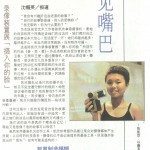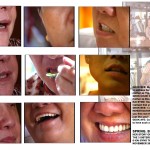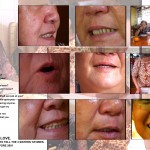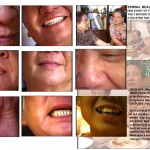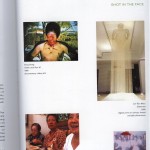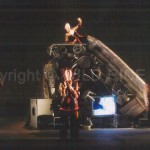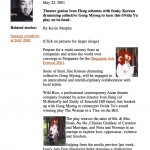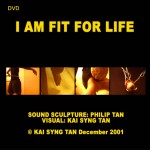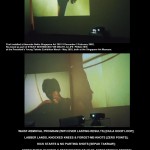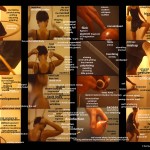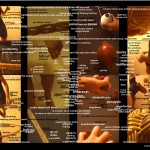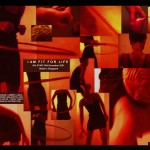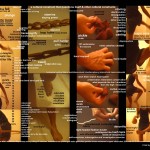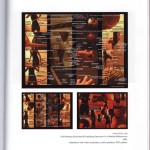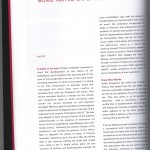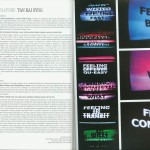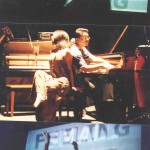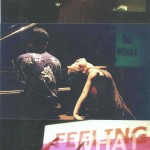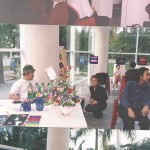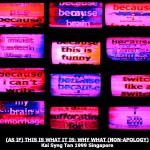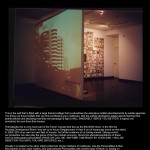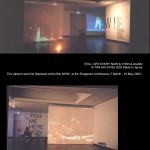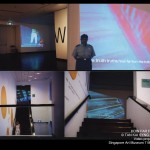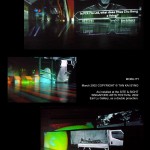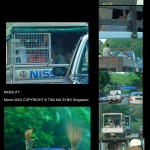After 4 terrific years in London, Kai went home. That was when all the big grand questions flooded her small brain: Where am I? Where have I come from? Where am I going? So many questions. So, so many many works. Kai made many many installations, films, texts, and showed her works in film festivals, museums, galleries within and beyond Singapore – and opened up more and more and more questions. So far, so arty, so indulgent, so reflective. Kai was also a responsible adult. She had a job. She taught in a film school, where there was a swimming pool. To make all this working/living business palatable/stomach-able/logical, Kai started swimming.
[ppmaccordion][ppmtoggle title=”Chlorine Addiction (transmediale, YIDFF, Fukuoka Art Museum)”]
That is the short story behind Chlorine Addiction, one of Kai’s most popular works. The cine-essay was structured as a swim, with a series of 10 videos with a runtime of 3 minutes each, which was the time she took to swim each of the 10X100-metre laps daily. The films encourage the audience to ‘re-map’ or re-order and edit them. They may be viewed independently, in any order, as short films or an installation in space, or from the ‘beginning’ to ‘end’ as a linear film. Using images and sounds collected from Singapore, San Francisco, Bangkok, Taiwan and elsewhere, the work contemplates the everyday, rather strange, reality of Singapore and existence in general. Chlorine Addiction has been shown, for instance, at Transmediale and the Yamagata International Documentary Film Festival 2001. An early version of a clip was collected by the Fukuoka Art Museum in Japan. Kai also published a book which is distributed by Select Books, and produced an interactive DVD. The poetic + dynamic music was composed by Philip Tan, who also scored most of my pieces I created in this period.[/ppmtoggle][ppmtoggle title=”SPRING.BEAUTY.LOVE. (Shot In the Face show with Song Dong)”]
SPRING.BEAUTY.LOVE. was another work that Kai holds dear from this period. The subtitle of this installation is Her story of trying to tell the stories of the three sisters. As a young person from a young country (with its own histories nearly wiped out), one of the first steps that she took to understand myself was by discovering, (re-)telling and (re-)constructing her own history, or rather histories. She did so by interviewing her mother and aunties, hence the title is an English translation of their names. Yet, instead of a ‘straightforward’ documentary with an all-telling, truth-seeing ‘voice of god’, this was one in which the narrators and filmmaker alike were unreliable, with their lapses in memory, miscommunication (English was the filmmaker’s preferred lingua franca, while the women spoke in their mother tongue of the Chinese dialect of Hokkien). The stories of the sisters were also different. One was born before the war, one given away for adoption during the war, and the youngest – Kai’s mother – was born after the war. The way the work was presented questioned the grand notions of identity, subjectivity, documentary, truth and so on, with the three films played simultaneously as an installation. The audience had to physically and metaphorically navigate the cacophony of sounds and conflicting narratives. Additionally, as if a literal interpretation of ‘oral history’, only the women’s mouths are filmed. In the screen in which ‘Love’ – Kai’s mother – appears, Kai appears, too. The latter was filmed by her mother, who interrogated her as to why she created such a project at all. The subtitle of this work itself highlights how it is a self-reflexive exercise that problematises these notions. The show was curated by BingHui Huangfu. Other artists in the show include China’s Song Dong (with whom Kai will go on to exhibit with in a few more shows, and who makes amazing works, and whom she later get to know as a grounded and giving artist and person) and Lin Tian Miao.[/ppmtoggle][/ppmaccordion]
